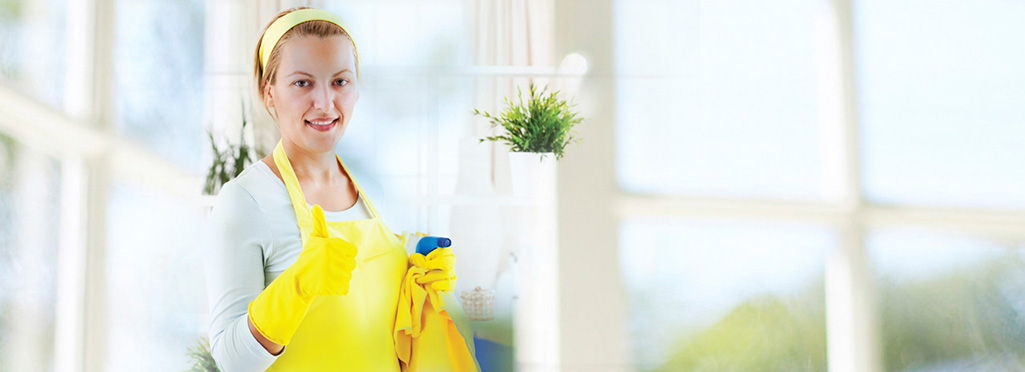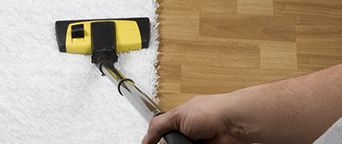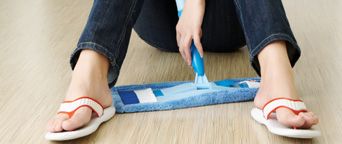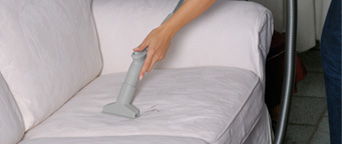Glittering Solutions to Clean Your Precious Pieces
Posted on 04/07/2025
Our jewelry, watches, and cherished keepsakes are more than mere accessories--they are personal expressions and treasures worth preserving. Over time, these precious pieces may lose their natural shine due to exposure to dirt, oils, and the daily elements of wear. Finding effective solutions to clean your treasures not only restores their brilliance but also extends their life and beauty.
Why Clean Your Valuables Regularly?
Regular maintenance is crucial for keeping your rings, necklaces, bracelets, and priceless trinkets looking their best. Dirt, residue, and grime can cause gemstones to appear dull and even damage various metals. It's not just about aesthetics; cleaning preserves the integrity and value of your jewelry.
- Preserve Sparkle: Remove residues that dull gemstones and metals.
- Maintain Value: Well-maintained items retain their monetary and sentimental worth.
- Prevent Damage: Cleaning prevents buildup that can erode settings and metalwork.
- Hygiene: Eliminate bacteria and potential allergens from items you wear closely every day.
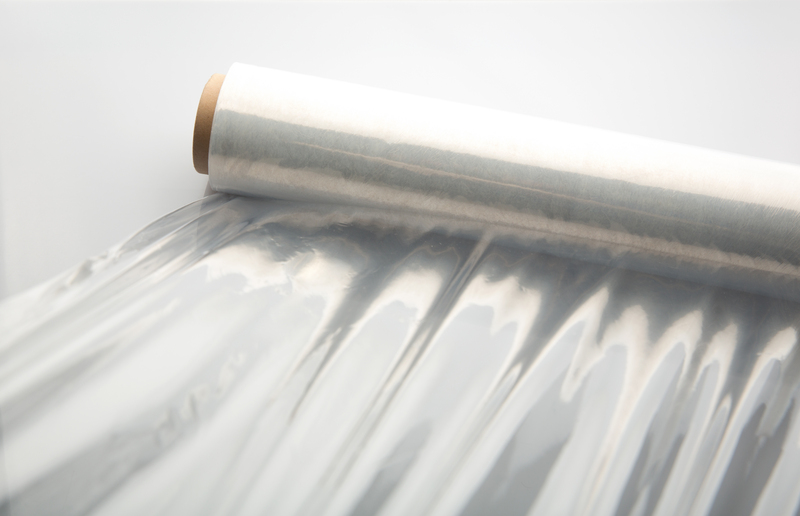
Understanding the Types of Precious Pieces
Before you begin cleaning, identify what you're cleaning. Different materials--gold, silver, platinum, gemstones, pearls--require unique approaches. Using the wrong solution or technique could do more harm than good. Here's a breakdown:
- Gold: Durable, but prone to scratches and soap residue buildup.
- Silver: Susceptible to tarnishing; needs gentle polish.
- Platinum: Hearty but benefits from regular cleaning.
- Gemstones: Vary wildly; softer stones need delicate treatment.
- Pearls and organics: Porous and sensitive to chemicals and abrasion.
The Glittering Solutions You Need
If you're seeking the best solutions to clean jewelry or other valuable pieces, there are a variety of options--professional and homemade--that help restore luster and ensure safety.
Professional Cleaning Solutions
Jewelry stores often offer ultrasonic cleaning or steam cleaning services. These are great, but not always accessible or necessary for quick, routine upkeep. If you wish to clean items at home, consider these trusted products:
- Liquid Jewelry Cleaners: Commercially available, designed to remove tarnish and buildup.
- Polishing Cloths: Infused with micro-abrasives and cleaners for quick touch-ups.
- Ultrasonic Machines: Safe for many hard gemstones and metals, but not pearls or fragile gems.
DIY Glittering Solutions for Your Treasures
For those who prefer natural or household solutions, you can easily create effective cleaners for your precious items:
- Warm Soapy Water: The gold standard! Mix a few drops of mild, ammonia-free dishwashing soap with warm water. Soak your jewelry for 15-20 minutes, scrub gently with a soft brush, rinse, and pat dry.
- Baking Soda & Water Paste: For silver, a paste of baking soda and water helps lift off tarnish. Rub lightly, rinse thoroughly, and dry with a soft cloth.
- White Vinegar: Great for silver--soak for a few hours, then polish with a microfiber cloth.
- Aluminum Foil Bath: Line a bowl with foil, add hot water, one tablespoon of baking soda, and one tablespoon of salt. Let silver jewelry soak for a few minutes. This chemical reaction removes tarnish.
- Club Soda: For diamonds and hard stones, soak overnight to boost brilliance.
- Toothpaste (with caution!): Non-gel, non-abrasive toothpaste can polish certain metals in a pinch. Avoid on pearls or soft gemstones.
Always do a spot test before full cleaning and confirm that your selected method is safe for the specific item or gemstone.
Cleaning Different Types of Jewelry
- Gold: Use warm soapy water, gently brush with a soft-bristle toothbrush. Rinse well to prevent dulling soap residue.
- Silver: Opt for a commercial silver polish or a baking soda paste. Avoid submerging silver with glued-in stones or pearls.
- Diamonds & Gemstones: Soak in club soda or soapy water. Use a lint-free cloth afterwards.
- Pearls: Wipe with a damp, soft cloth. Avoid soaking. For string pearls, ensure the thread dries completely to prevent rot.
- Watches: Use a damp microfiber cloth for metal bands. Avoid submerging unless water-resistant. For smartwatches, always follow manufacturer instructions.
Do's and Don'ts of Cleaning Precious Pieces
- Do: Use soft, lint-free cloths.
- Do: Check for loose settings or damage before cleaning. Delicate items should be taken to a jeweler.
- Do: Store clean jewelry in separate compartments or pouches to prevent scratches.
- Don't: Use harsh chemicals like bleach or chlorine.
- Don't: Submerge porous stones or pearls.
- Don't: Use abrasive materials (paper towels, tissue, or hard toothbrushes) that can scratch surfaces.
- Don't: Clean delicate or antique items without consulting an expert.
Glittering Solutions: Safety and Storage Tips
A key element in maintaining the sparkle of your treasures is how you store and care for them between cleanings. Proper storage prevents scratches, knots, and tarnishing. Here are tips to help:
- Store Silver in Anti-Tarnish Bags: These slow the oxidation that causes tarnish.
- Keep Gold and Gemstones Separate: Individual pouches or lined compartments prevent friction and scratches.
- Pearl Care: Store in a breathable fabric bag, never airtight containers.
- Avoid Humidity: Keep jewelry boxes away from bathrooms or other moist environments.
- Regular Inspections: Check clasps, prongs, and strings for signs of wear, and fix promptly.
Debunking Myths About Jewelry Cleaning
With so much advice online, it's vital to separate fact from fiction. Here are common myths and the truth behind them:
- Myth: "Toothpaste is always safe for jewelry."
Truth: Toothpaste can scratch gold and softer stones. Use it only on sturdy metals, and sparingly. - Myth: "Ammonia cleans everything."
Truth: Ammonia works well for diamonds but can discolor or damage other gems and gold. Always check compatibility! - Myth: "Ultrasonic cleaners are safe for all jewelry."
Truth: These can loosen stones and ruin fragile or glued items. - Myth: "Soap and water are enough for pearls."
Truth: Even gentle soap can harm the lustrous surface of pearls; a damp cloth is best.
Tricks to Keep Your Precious Pieces Sparkling Every Day
- Remove Jewelry Before Housework: Cleaning chemicals and rough surfaces can cause unnecessary wear.
- Apply Beauty Products First: Let lotions, perfumes, and sprays dry before putting on your pieces.
- Avoid Wearing Rings at the Gym: Sweat and weights can damage settings and metal.
- Inspect Before Wearing: Check for signs of dirt or damage so you can address issues quickly.
Eco-Friendly Glittering Solutions: Green Ways to Clean
If environmental responsibility matters to you, rest assured: many of the best jewelry cleaning solutions are eco-friendly, featuring household products or natural ingredients.
- Baking Soda & Vinegar: Non-toxic, biodegradable, and readily available.
- Castile Soap: Mild and environmentally safe--perfect for general cleaning.
- Soft Toothbrushes & Bamboo Cloths: Reusable, sustainable, and gentle on all surfaces.
Avoid plastic-based wipes or harsh chemical cleaners for a gentle touch and a greener earth.
When to Seek Professional Help
Sometimes, DIY jewelry cleaning isn't adequate--especially for valuable, antique, or complex pieces. If you spot loose stones, weak clasps, broken strings, or excessive tarnish, take your items to a certified jeweler for a professional assessment and cleaning. This ensures your treasured pieces are handled with care and precision.

FAQs: Glittering Solutions for Sparkling Jewelry
How Often Should I Clean My Jewelry?
Most pieces worn daily should be gently wiped each week and receive a deep clean monthly. Special occasion items or seldom-worn pieces can be cleaned every few months.
Is It Safe to Use Ultrasonic Cleaners at Home?
Generally safe for hard stones and metals, but always avoid pearls, emeralds, opals, and any glued or antique items. Check manufacturer guidelines.
Why Do Silver Pieces Tarnish Quickly?
Exposure to air, humidity, and chemicals like perfume and lotions accelerate tarnishing. Use anti-tarnish bags and regularly clean silver to prevent buildup.
Conclusion: Sparkle On
Your treasured jewelry and keepsakes deserve the best glittering cleaning solutions. Routine care, gentle methods, and proper storage keep them brilliantly shining for years to come. Remember: always match the cleaning technique with the material, perform regular inspections, and don't hesitate to call in a professional when needed.
By using these glittering solutions to clean your precious pieces, you'll ensure that every ring, bracelet, brooch, or heirloom stays as radiant as the day you received it--preserving both their beauty and the stories they hold.

